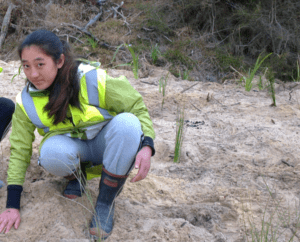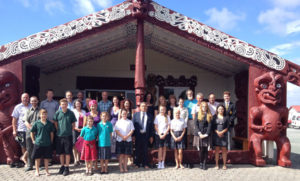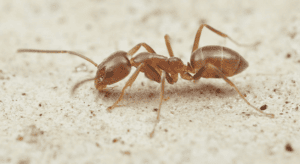On World Wetlands Day 2023, we celebrate the wetlands of the Abel Tasman National Park, from the rare kahikatea swamp forest at Hadfields Clearing, to the red tussock wetland ecosystem at Moa Park on Canaan Downs, the harakeke swamps and lagoons at Anchorage and Awaroa and the estuarine habitats at Onetahuti, Totaranui and Bark Bay.
Abel Tasman wetlands are home to many rare species including dwarf bog-rush, fern bird (mātātā), native fish including kōarao and kōkopu, and elusive wetland birds like banded rails, marsh crakes and pāteke/brown teal.
Moa Park, in the uplands of Canaan Downs, is a 60ha wetland drained by Table Creek. The predominant species is red tussock, dotted with species of bog pine, coprosma, carex and sedges. It’s unique geology – an inverted bushline frost flat that is home to alpine plants appearing well below their usual altitude, makes it a biodiversity hotspot. The wetter areas host a myriad of plants including flycatchers, fed by the many insects that thrive in this environment. Around 200 plant species have been counted here. The biggest threats to its future are grazing hares, rabbits, deer and goats.
The jewel in the crown of the Abel Tasman’s wetlands is the rather inaccessible remnant lowland kahikatea forest at Hadfield’s Clearing. There is just not much of this type of forest left in our region – most of it was cleared and drained for farming in the 20th century. Project Janszoon soon recognised the value of this impenetrable forest, and embarked on an ambitious project to support forest recovery in the 25ha that had been cleared and drained by previous landowners.
We’ve already seen value of the area for bird habitat, with rare marsh crakes recorded by Abel Tasman Youth Ambassador Bradley Shields in 2020, as well as fernbirds and pūkeko. Pāteke have also spread into the area as they colonise and breed across the park’s swamps, lagoons and forest margins, having been first introduced in 2017. Intensive pest trapping in the area to control rats, stoats and cats has helped create a safer habitat for birdlife to breed.
To date around 20ha of the site has been planted, including 3000 kahikatea trees; a further 7000 natives will go in before the end of the 2023 planting season. The project has started to gain its own momentum as vegetation islands established by the early plantings spread their seed, and reeds and sedges increase along the wetter margins. Hares and other browsing mammal pests are being controlled, and as ground drainage channels silt up, the area will start to become more recognisable as the wetland it once was.
Wetlands are being increasingly recognised for their value not just as ecological hotspots, but for their potential to store carbon, to hold water in times of flood and to filter water coming off higher ground and prevent sedimentation of seabeds. In the Abel Tasman National Park, they are a key habitat for the restoration of our native birds, insect and plant species.



